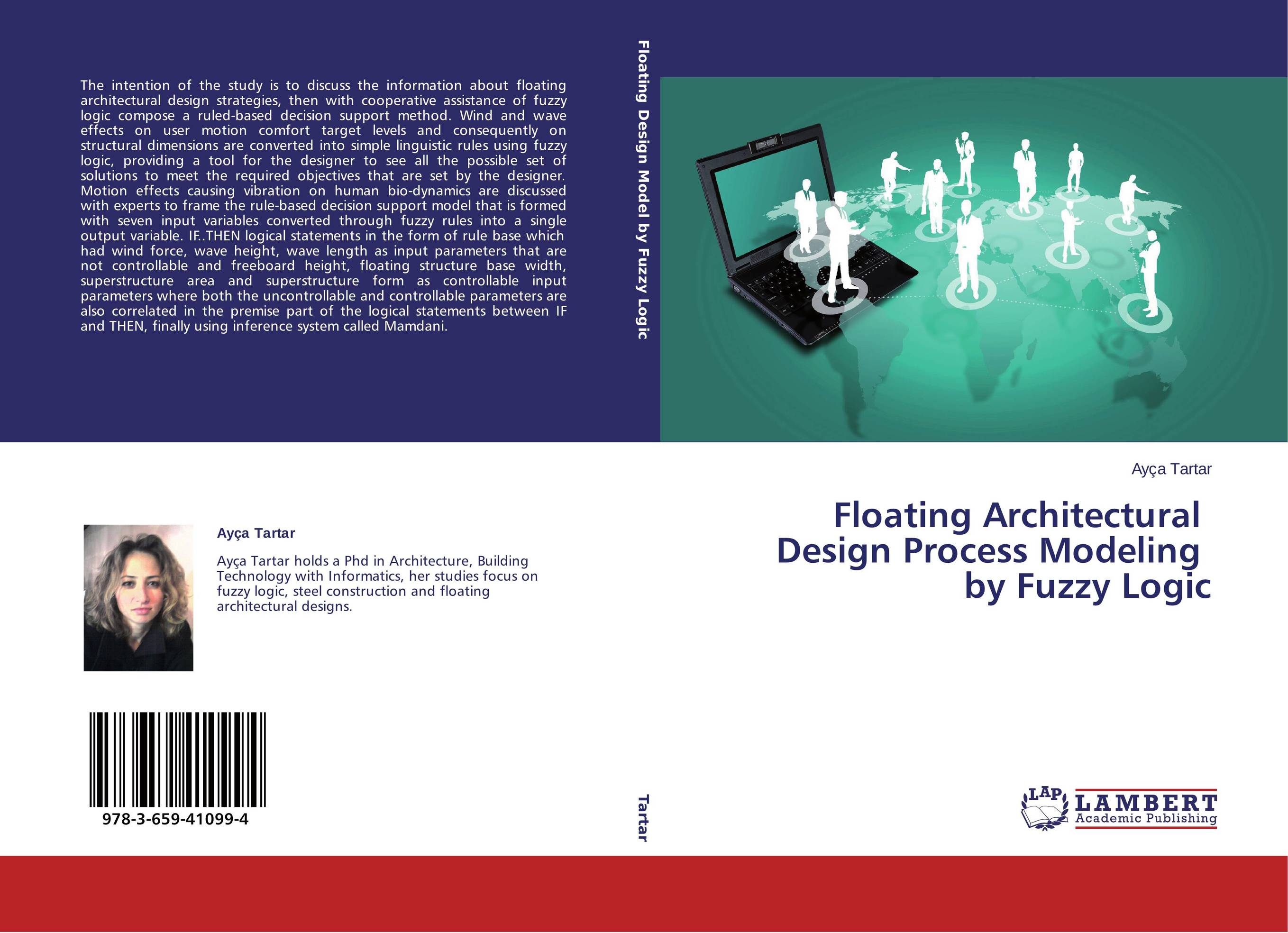| Поиск по каталогу |
|
(строгое соответствие)
|
- Профессиональная
- Научно-популярная
- Художественная
- Публицистика
- Детская
- Искусство
- Хобби, семья, дом
- Спорт
- Путеводители
- Блокноты, тетради, открытки
Floating Architectural Design Process Modeling by Fuzzy Logic.

В наличии
| Местонахождение: Алматы | Состояние экземпляра: новый |

Бумажная
версия
версия
Автор: Ay?a Tartar
ISBN: 9783659410994
Год издания: 2013
Формат книги: 60×90/16 (145×215 мм)
Количество страниц: 128
Издательство: LAP LAMBERT Academic Publishing
Цена: 32883 тг
Положить в корзину
| Способы доставки в город Алматы * комплектация (срок до отгрузки) не более 2 рабочих дней |
| Самовывоз из города Алматы (пункты самовывоза партнёра CDEK) |
| Курьерская доставка CDEK из города Москва |
| Доставка Почтой России из города Москва |
Аннотация: The intention of the study is to discuss the information about floating architectural design strategies, then with cooperative assistance of fuzzy logic compose a ruled-based decision support method. Wind and wave effects on user motion comfort target levels and consequently on structural dimensions are converted into simple linguistic rules using fuzzy logic, providing a tool for the designer to see all the possible set of solutions to meet the required objectives that are set by the designer. Motion effects causing vibration on human bio-dynamics are discussed with experts to frame the rule-based decision support model that is formed with seven input variables converted through fuzzy rules into a single output variable. IF..THEN logical statements in the form of rule base which had wind force, wave height, wave length as input parameters that are not controllable and freeboard height, floating structure base width, superstructure area and superstructure form as controllable input parameters where both the uncontrollable and controllable parameters are also correlated in the premise part of the logical statements between IF and THEN, finally using inference system called Mamdani.
Ключевые слова: Fuzzy logic, process modeling, Rule Base, floating architecture, new product modeling, user comfort



